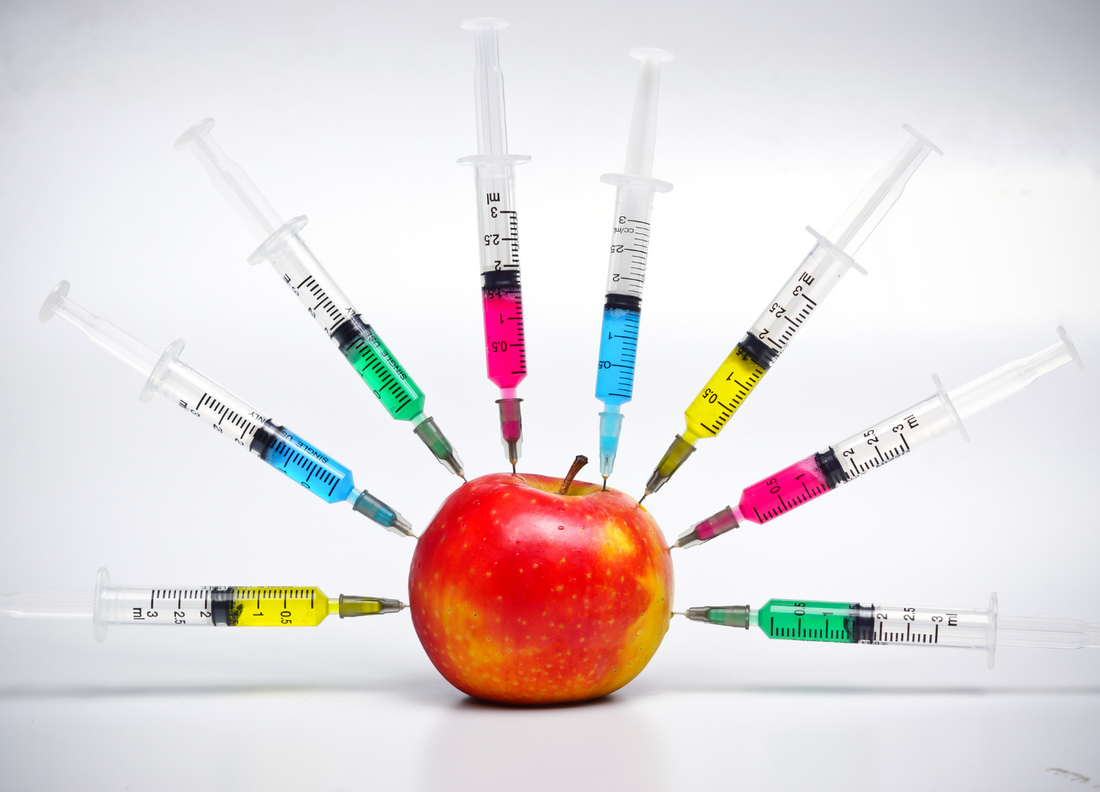In a world where the food choices on our plates are as diverse as our cravings, one label has caught the eye of nutritionists, medical specialists, and laypeople alike: the Non-GMO label. Oftentimes, supermarkets and product brands will advertise their projects as being healthy using a variety of methods, one of which includes the non-GMO claim. But what does it really mean, and why should it matter to you?
The Non-GMO label isn't just a catchy marketing ploy: it actually serves as a powerful shield against an invisible transformation that happens on our plates without us even realizing. In this exploration of the Non-GMO label and why it matters, we'll peel back the layers of genetically modified organisms (GMOs) and reveal the hidden stories behind the foods we eat. Buckle up – it's time to unravel the mysteries of the Non-GMO label!
What are GMOs?
GMOs refer to living organisms whose genetic material has been manipulated in a lab in order to achieve specific properties that seem to have many agricultural benefits, such as enhanced crop yield, increased resistance to pests and diseases, and improved tolerance to environmental factors like drought or extreme temperatures. This can be achieved in a variety of ways, such as through insertion of genes from unrelated species that display the desired traits resulting in organisms that would not naturally occur in nature.
Before we dive deeper into the discussion on non-GMO labeling, it's crucial to recognize that genetically modified organisms have in fact brought about some benefits in agriculture, which is why their use has increased in the past several years. In particular, GMOs have the potential to produce more food on less land, which can increase crop yield. They can also be specifically engineered to resist pests and diseases, which means that there is less of a need to use harmful chemical pesticides that would otherwise negatively impact the environment. Lastly, GMO’s can be designed to resist drought better than natural products, which could help agriculture adapt to changing climate conditions.

The Dangers of GMOs
However, in spite of the listed benefits of GMOs, in reality, they can be quite dangerous and when weighed against potential risks and ethical considerations, it is clear why the market is moving towards more and more non-GMO based agriculture.
Because GMO plants can crossbreed with plants that grow naturally in the wild, widespread cultivation of GMOs has the potential to negatively impact biodiversity and disrupt ecosystems. This could lead to a phenomenon known as genetic contamination. As a result, ecosystems could experience the loss of genetic diversity in natural populations, which could harm entire biological communities due to the overlapping nature of the dependence between various organisms.
Additionally, because GMOs involve the creation of new genetic linkages, they are considered by scientists to be “genetically unstable.” As a result, inserting GMOs into your body could be quite harmful to your health. More specifically, for example, antibiotic resistance marker genes are sometimes used to identify successful gene transfers in the development of GMOs. Because of this, researchers have raised concerns that GMOs could contribute to antibiotic resistance in gut bacteria when consumed by humans, which could potentially affect antibiotic treatments.
Ultimately, the debate surrounding GMOs and their impact on human, as well as environmental health, is undoubtedly complex and constantly evolving. Due to the concerns about GMOs' effects on human health, it is wise to avoid them in entirety and really keep an eye out for that “non-GMO” label when you can. As a rule of thumb – if there is a GMO free alternative, take it! Brands like Living Juice exemplify this principle, offering a delectable range of non-GMO options that not only prioritize consumer well-being, but also showcase that delicious and wholesome choices can coexist with a commitment to GMO transparency.
Check out Living Juice’s delicious options today, and start up on your journey to healthier living!

Sources
https://www.who.int/news-room/questions-and-answers/item/food-genetically-modified
https://medlineplus.gov/ency/article/002432.htm
https://www.centerforfoodsafety.org/issues/311/ge-foods/ge-food-and-your-health

